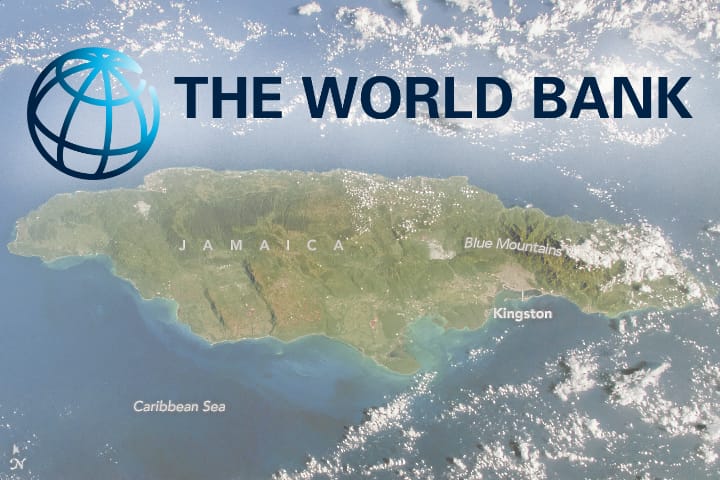Under the belief that reissuing the specific notification may not go against the model code of conduct, many banks are preparing to integrate their systems with RBI’s for capturing the card spend information of individual customers during personal foreign tours.
NBBL is a subsidiary of National Payments Corp. of India (NPCI). As part of its 2025 vision document, the RBI wants all payment rails under a centralised payment system. Internet banking is the only one outside the umbrella and the regulator wants this within the fold quickly, putting it on a par with processes such as the Immediate Payment Service (run by NPCI) as well as the Real Time Gross Settlement and National Electronic Fund Transfer systems (run by the RBI).
Centralisation will allow standardisation of settlement cycles for merchants, visibility on data and proper customer grievance mechanisms, said one of the persons cited above.
“The RBI has had meetings with banks and industry officials. It does not want to delay the proposal though the industry thinks it could take longer,” said a banker.
The proposal will mean the transactions of an individual through international credit cards while being overseas will be part of the annual cap of $250,000 that a resident can remit abroad under LRS for opening offshore bank accounts, investing in stocks, and buying properties. Secondly, LRS spend beyond Rs 7 lakh would attract 20% tax collection at source (TCS) except for expenditures on account of education and medical treatment on which the tax is significantly lower. An individual will be eligible for a refund if her TCS exceeds total tax liability.
The proposal is widely perceived to be part of the government’s overall policy to discourage outflow of foreign exchange and curb large expenditures, which were outside the LRS limit through international credit cards. Banks, however, are awaiting certain clarifications. They are unsure how to segregate between a personal spend and business expenditure; or, to distinguish between card use while abroad and online card spend from India for booking hotels or flights.
CHALLENGES AHEAD
“It will be challenging to segregate spends unless separate credit cards are issued for corporate and personal use. In the era of ease of doing business, where the government’s aim is to encourage manufacturing in India and promote export of goods, a broader mindset is required in controlling foreign exchange outflow rather than restricting spending through credit cards,” said Siddharth Banwat, CA and co-founder at Yuvyze Consulting LLP.
“Ideally, a separate limit should be created for overall foreign exchange spend through credit cards (over and above the consolidated limit of $250,000). Ultimately these credit cards are issued by Indian banks for international usages. From the income tax point of view as well, credit card spends are reported and therefore, there is no need to levy TCS at this stage by including credit card spending within LRS limits,” said Banwat.
WORKAROUND FOR HNIS
When faced with restrictions, HNIs would find other ways to spend abroad — either by using unofficial routes to transfer funds or striking quid pro quo deals with friends and associates. In fact, foreign exchange rates in the grey markets are quoted at higher premia during holiday seasons since TCS was extended to LRS.
The 2023 budget had brought in certain changes in TCS on payments under LRS and overseas tour packages. In March, it was announced that credit card payments would be under LRS. A May 16, 2023, notification removed the differential treatment between credit cards and other modes of forex withdrawals under LRS. But as banks and card networks were not prepared, the government decided to postpone the implementation of the notification.






































